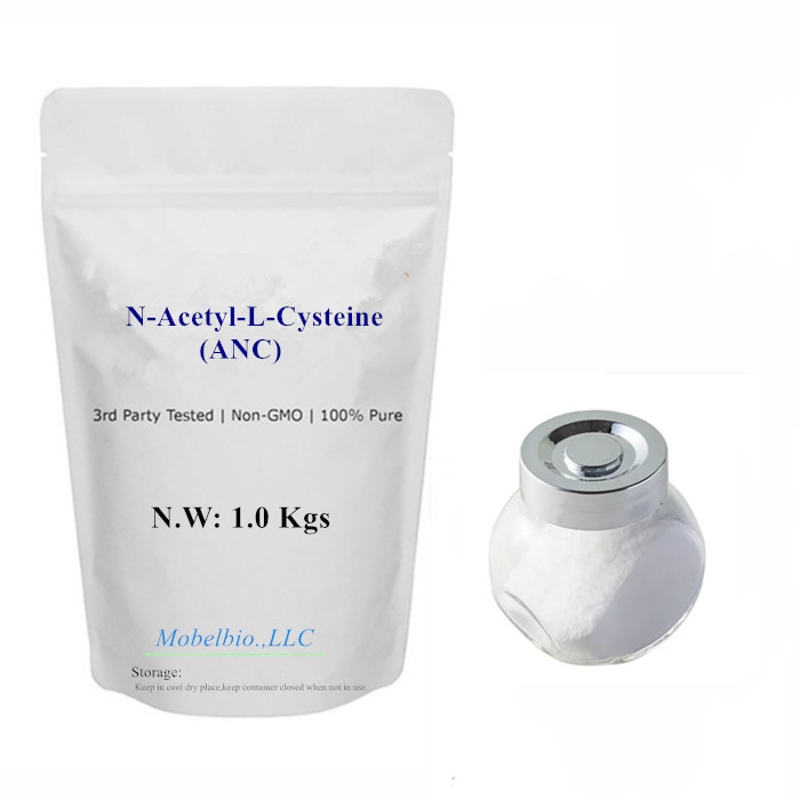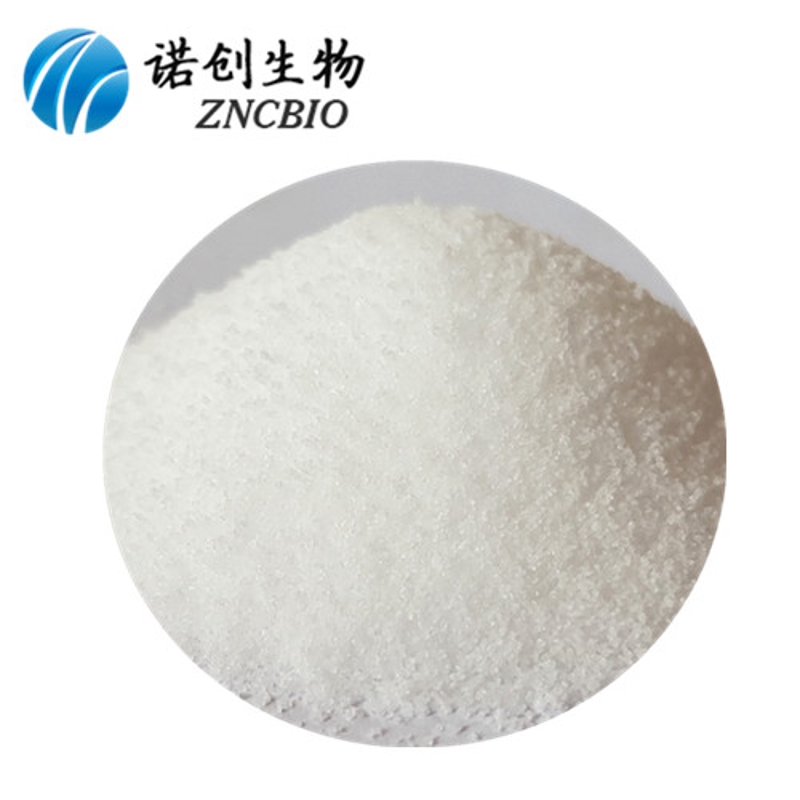Oil falls below $60/barrel to 22-month low
-
Last Update: 2020-07-03
-
Source: Internet
-
Author: User
Search more information of high quality chemicals, good prices and reliable suppliers, visit
www.echemi.com
after Friday's tentative drop in international crude oil futures prices below $60 per barrel, yesterday's crude oil price officially entered the "5" eraAs of the time ended, the New York Mercantile Exchange (NYMEX) contract for December delivery was at $57.73 a barrelThe impact of the "China factor" was briefly short-lived two days ago after Beijing's Rmb4,000bn stimulus package gave a brief boost to oil pricesthe last time the Price of Crude Oil in New York was $58 a barrel in March 2007, in just 20 months, oil prices experienced fluctuations of nearly $100 per barrel, with the December contract hitting a peak of $148.6 per barrel on July 11 this yearIn the meantime, the supply and demand of crude oil has far less dramatically than this, and while the Organization of the Petroleum Exporting Countries has been chattering about increasing or reducing production at different times, such sharp price fluctuations for a commodity are more of a financial attribute to its futuresBehind the huge inverted V-shaped curve of crude oil price is the weak and strong trajectory of the dollar, which reflects the investment choice of different assets such as crude oil, US dollar and gold under different economic development expectations"The sharp rise in oil prices and the plunge in oil prices have focused on the phenomenon of global liquidity from excess to contractionThe financial and political attributes of crude oil futures far exceed their commodity attributes, but the first two attributes are based on commodity attributesLin Fan, senior analyst in the energy sector at China Securities Futures, told First Financial DailyLinfan believes that the once-crazy bull market in crude oil in the first half of this year can be attributed to the excess liquidity caused by the depreciation of the dollar, asset price inflation driven by the Bush administration's interests, and other factors, when prices have been out of the supply and demand of crude oil, as evidenced by OPEC's repeated refusal to increase productionOPEC insists that the current supply of global crude oil is adequateAs it turns out, the chain reaction of the Financial Turmoil on Wall Street quickly turned excess liquidity into a severe lying, and the dollar became a better counter-risk asset, resulting in a rapid drop in oil prices as a result of the withdrawal of speculative fundssenior futures investor Wang Weibo believes that the price of crude oil fell below $60 per barrel is a normal market trendAccording to historical data analysis, $60 per barrel is not the real support level for crude oil, and the $50/barrel support price seen in January last year was the main test of a bear marketThe three main drivers, the dollar depreciation, the Chinese factor and fund speculation, which previously supported the strength of crude oil, are disappearingon Monday, the Chinese government unveiled a stimulus package of about Rmb4, 000bn, which has had a beneficial impact on global commodity marketsCrude oil prices in New York rebounded above $65 a barrel on the day But the short-lived stimulus was quickly weighed down by shrinking demand from the global recession, and there is still uncertainty about how much of the 4 trillion yuan plan will bring demand to the crude oil market With the dollar index back at 87, oil prices finally materially fell below $60 a barrel yesterday the biggest headwinds in the crude oil market are coming from the "strong dollar, low oil price" policy pursued by the new U.S president-elect Barack Obama Crude oil inventory data released in the United States in the past few weeks and the central bank has expressed the expectation of interest rate cuts, oil prices continue to be negative pattern, the dollar continues to remain strong is still very likely However, continued demand for crude oil from China and the possibility of further OPEC production cuts by the end of the year remain the main reasons some market participants see limited room for falling oil prices Mr Lin said data showed that China's crude oil imports were still on the rise this year and that it might be a better time to increase the country's crude oil reserves After Friday's tentative drop in international crude oil futures prices below $60 per barrel, crude oil prices officially entered the "5" era yesterday As of the time ended, the New York Mercantile Exchange (NYMEX) contract for December delivery was at $57.73 a barrel The impact of the "China factor" was briefly short-lived two days ago after Beijing's Rmb4,000bn stimulus package gave a brief boost to oil prices the last time the Price of Crude Oil in New York was $58 a barrel in March 2007, in just 20 months, oil prices experienced fluctuations of nearly $100 per barrel, with the December contract hitting a peak of $148.6 per barrel on July 11 this year In the meantime, the supply and demand of crude oil has far less dramatically than this, and while the Organization of the Petroleum Exporting Countries has been chattering about increasing or reducing production at different times, such sharp price fluctuations for a commodity are more of a financial attribute to its futures Behind the huge inverted V-shaped curve of crude oil price is the weak and strong trajectory of the dollar, which reflects the investment choice of different assets such as crude oil, US dollar and gold under different economic development expectations "The sharp rise in oil prices and the plunge in oil prices have focused on the phenomenon of global liquidity from excess to contraction The financial and political attributes of crude oil futures far exceed their commodity attributes, but the first two attributes are based on commodity attributes Lin Fan, senior analyst in the energy sector at China Securities Futures, told First Financial Daily Linfan believes that the once-crazy bull market in crude oil in the first half of this year can be attributed to the excess liquidity caused by the depreciation of the dollar, asset price inflation driven by the Bush administration's interests, and other factors, when prices have been out of the supply and demand of crude oil, as evidenced by OPEC's repeated refusal to increase production OPEC insists that the current supply of global crude oil is adequate As it turns out, the chain reaction of the Financial Turmoil on Wall Street quickly turned excess liquidity into a severe lying, and the dollar became a better counter-risk asset, resulting in a rapid drop in oil prices as a result of the withdrawal of speculative funds senior futures investor Wang Weibo believes that the price of crude oil fell below $60 per barrel is a normal market trend According to historical data analysis, $60 per barrel is not the real support level for crude oil, and the $50/barrel support price seen in January last year was the main test of a bear market The three main drivers, the dollar depreciation, the Chinese factor and fund speculation, which previously supported the strength of crude oil, are disappearing on Monday, the Chinese government unveiled a stimulus package of about Rmb4, 000bn, which has had a beneficial impact on global commodity markets Crude oil prices in New York rebounded above $65 a barrel on the day But the short-lived stimulus was quickly weighed down by shrinking demand from the global recession, and there is still uncertainty about how much of the 4 trillion yuan plan will bring demand to the crude oil market With the dollar index back at 87, oil prices finally materially fell below $60 a barrel yesterday the biggest headwinds in the crude oil market are coming from the "strong dollar, low oil price" policy pursued by the new U.S president-elect Barack Obama Crude oil inventory data released in the United States in the past few weeks and the central bank has expressed the expectation of interest rate cuts, oil prices continue to be negative pattern, the dollar continues to remain strong is still very likely However, continued demand for crude oil from China and the possibility of further OPEC production cuts by the end of the year remain the main reasons some market participants see limited room for falling oil prices Mr Lin said data showed that China's crude oil imports were still on the rise this year and that it might be a better time to increase the country's crude oil reserves (name)
This article is an English version of an article which is originally in the Chinese language on echemi.com and is provided for information purposes only.
This website makes no representation or warranty of any kind, either expressed or implied, as to the accuracy, completeness ownership or reliability of
the article or any translations thereof. If you have any concerns or complaints relating to the article, please send an email, providing a detailed
description of the concern or complaint, to
service@echemi.com. A staff member will contact you within 5 working days. Once verified, infringing content
will be removed immediately.







